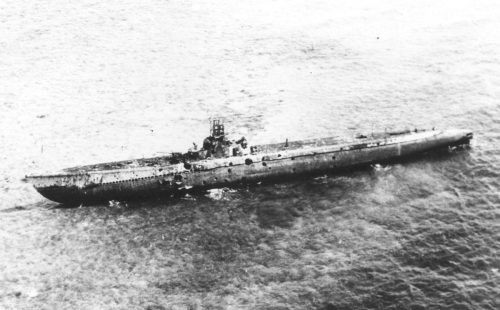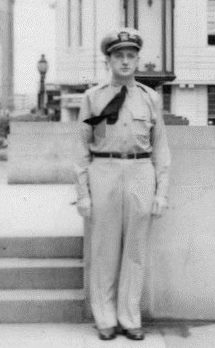Scott Alexander, in a 2017 post at Slate Star Codex:
People talk about Liberalism as if it’s just another word for capitalism, or libertarianism, or vague center-left-Democratic Clintonism. Liberalism is none of these things. Liberalism is a technology for preventing civil war. It was forged in the fires of Hell : the horrors of the endless seventeenth century religious wars. For a hundred years, Europe tore itself apart in some of the most brutal ways imaginable, until finally, from the burning wreckage, we drew forth this amazing piece of alien machinery. A machine that, when tuned just right, let people live together peacefully without doing the “kill people for being Protestant” thing. Popular historical strategies for dealing with differences have included: brutally enforced conformity, brutally efficient genocide, and making sure to keep the alien machine tuned really really carefully.
Very insightful and correct, I believe, if by liberalism one means free speech, freedom of religion, and limited government, rather than the cluster of ‘progressive’ believe that often fly under the ‘liberalism’ brand today.
And when the above attributes of a society do not exist or are eroded, then live-and-let live become difficult to impossible, and all questions become politicized, because political outcomes determine everything.
When the government controls everything, there is no constructive relief valve for all this pent-up tension. It all boils down to a ‘historic’ election once every couple of years, upon whose outcome everything depends. They’re all going to be ‘historic’ elections from now on. That’s not a good thing.
Ultimately, the game of politics becomes like those Aztec ball games in which the losers are said to have been sacrificed. Indeed, some of this is happening in America already today, with Democrats demanding that Trump and his supporters be pursued post-election in almost every possible way.
If the machine of liberalism (as defined above) is destroyed, then another kind of machine will quickly take its place…the machine described by Jean Anouilh in his version of Antigone:
The spring is wound up tight. It will uncoil of itself. That is what is so convenient in tragedy. The least little turn of the wrist will do the job . . . The rest is automatic. You don’t need to lift a finger. The machine is in perfect order; it has been oiled ever since time began, and it runs without friction

